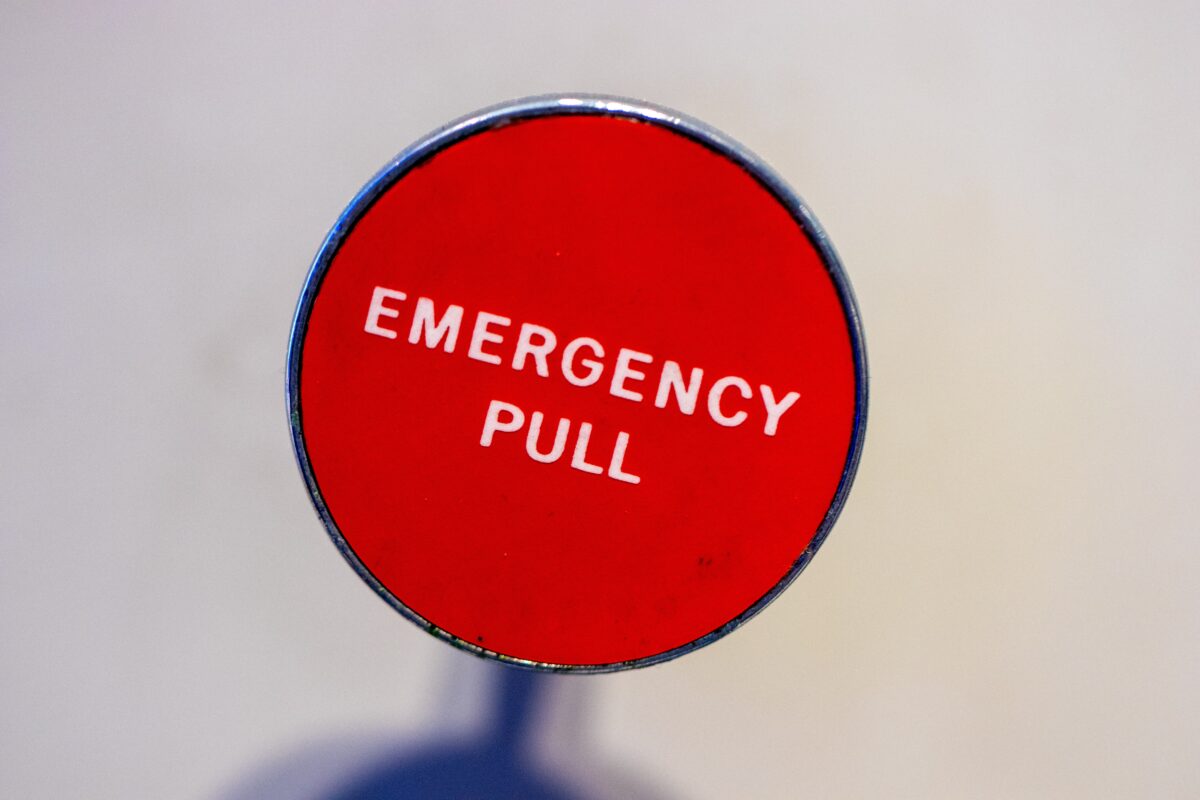We never want to think that our organization may go through hard times, but that’s not the reality. Stuff happens. The motto is “stay ready, so you don’t have to get ready.” —a crisis management plan (CMP) can help.
CMP is an evergreen document that outlines how your company should respond to a business emergency. Designed to mitigate loss and recovery time, it’s your guide to taking immediate action.
Without one, you can run the risk of upsetting your good reputation, the safety of yourself/your employees, and your finances.
There are two notes to keep in mind for a crisis management plan.
- Always expect for the worse. We never want to think of our business taking a hit, but it’s better to prepare for anything.
- Time matters in any crisis. Act Quickly and effectively.
Examples of business crises’ are employee misconduct, natural disasters, security breach, product recalls, or negative customer experiences that have escalated.
Some CMP’s are more extensive than others. It all depends on your business and brand. However, as a baseline, these are the five areas every plan should have.
1. Course of Action
The best way to make a plan is to think about why you would need one in the first place. An excellent way to do this for a CMP is to consider specific scenarios that could negatively affect your business. Doing this will give you a snapshot view and initiate other focus areas.
2. Correspondence Drafts
Keep some approved messages on ice. Prepare this for all areas of communication. Whether you use them actively or not, some examples are emails, face-to-face interactions, social media, phone calls, and even deliverable mail. Besides saving time, this can help you stay neutral in those initial heightened situations.
3. Spokesperson
Designating someone to speak on behalf of the company is essential for human interaction. Your publicist can do this for you or have someone on your team represent the business. This person needs to understand everything that is going on and how your organization will handle it.
4. Assign Roles and Responsibilities
Job roles may change during a crisis. Based on experience dealing with an emergency or absence. Reassigning positions and duties may help.
5. Communication List
There is nothing worse than scrambling for an email or phone number during an emergency. Highlight specific crisis contacts you may need and make sure every essential employee has a copy.
Hold regular meetings to review the CMP. It will keep you vigilant for possible threats too. Remember, you may cause more damage dealing with a crisis on your own vs. having a plan and professional publicist help. Consider a crisis management plan an investment in your business. Don’t Wait. In fact, schedule a consultation with a member of our team, and we will help get you on the right track.
Header photo by Jason Leung on Unsplash


